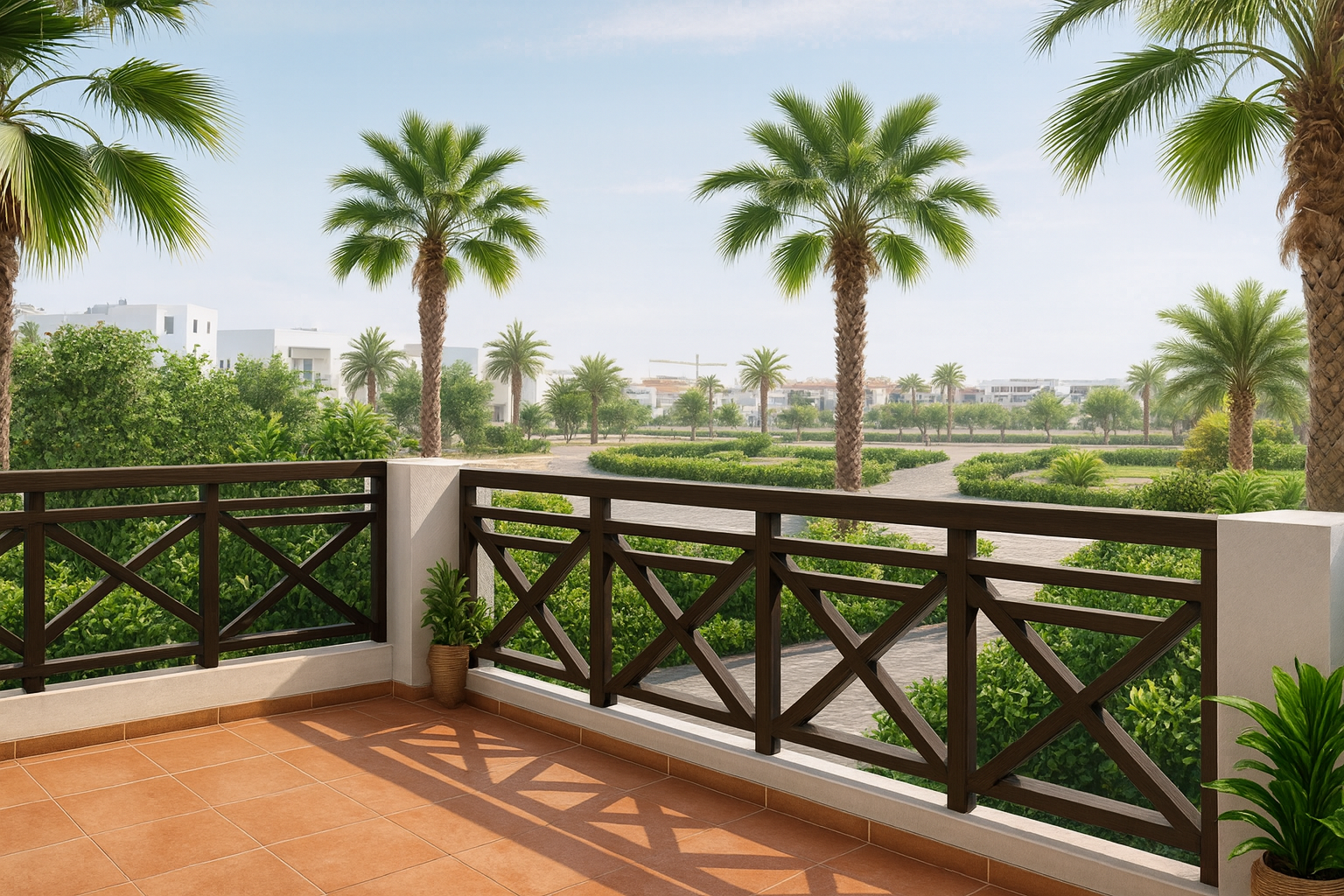Why Invest in Real Estate on Sal Island, Cape Verde?
Sal Island is no longer just a postcard destination for sun-seekers. Over the past decade, it has transformed into one of Cape Verde’s most dynamic real estate markets, attracting investors from France, the UK, Portugal, the US and the diaspora. With year-round sunshine, growing tourist arrivals and affordable property prices compared to Europe, Sal offers the promise of high rental yields and long-term appreciation.
But investing here is not only about buying an apartment near Santa Maria beach; it also means understanding construction standards, local infrastructure, rental dynamics and property management options. This guide explores these elements in depth to help investors make informed decisions.
A Market in Expansion: Why Sal Stands Out
Sal’s real estate boom is driven by tourism. According to Cape Verde’s national statistics, the country welcomed over one million visitors in 2023, with Sal accounting for nearly half of all arrivals.
The island’s international airport connects directly to Lisbon, Paris, London, Brussels and Milan, giving it a unique advantage in accessibility.
This steady flow of tourists fuels a strong short-term rental market, particularly in Santa Maria. The town has evolved into a hub for kite-surfers, digital nomads and holidaymakers, creating a constant demand for well-located apartments and villas.
Compared to the Canary Islands or Madeira, property prices remain significantly lower, offering a high entry-to-yield ratio for foreign investors.
Construction Quality and Due Diligence
Cape Verde’s construction sector has matured, but as in many emerging markets, quality varies. Larger developers, often with international partnerships, tend to build to European standards. However, smaller projects may cut corners.
Best practices include:
- Verify building permits and licenses.
- Commission an independent surveyor to check structural integrity, water pressure, insulation and finishing quality.
- Ask for references from previous buyers.
Humidity and salt air can also affect buildings if maintenance is neglected. Properties within well-managed condominiums usually guarantee regular upkeep of common areas and systems.
Infrastructure: Living and Renting on Sal
Daily life on Sal is comfortable, though not identical to European standards. Water and electricity are generally reliable in Santa Maria and Espargos, with occasional minor interruptions.
Internet speeds have improved significantly thanks to undersea cable connections, making remote work feasible. For digital nomads—one of the fastest-growing visitor groups—stable Wi-Fi is non-negotiable.
Supermarkets, pharmacies and restaurants are plentiful in Santa Maria, while Espargos offers administrative services and the main hospital. Investors should note that infrastructure outside these towns is limited, which can affect rental performance.
Short-Term Rental Potential and Occupancy Rates
Sal’s short-term rental market is vibrant. High season runs from November to April, when European tourists escape the cold. During these months, occupancy rates in Santa Maria often exceed 80–90%. Summer brings steady demand from Portuguese holidaymakers, while kite-surf competitions attract niche visitors year-round.
Successful rentals share common traits:
- Walking distance to the beach.
- Modern furnishing and staging for international guests.
- Reliable Wi-Fi and air conditioning.
- Professional photos and optimized listings on Airbnb and Booking.com.
Gross yields typically range from 6–10%, depending on property type and management quality. Investors must budget for shoulder seasons, when occupancy may drop to 40–50%.
Property Management: A Key to Success
For foreign investors, professional management is indispensable. Several firms in Sal now provide turnkey solutions:
- Guest check-in and communication
- Cleaning and laundry
- Maintenance and emergency repairs
- Marketing and online listing optimization
Management fees usually range from 15–25% of rental income. Choosing the right partner means interviewing providers, checking client references and setting clear performance benchmarks. Transparent reporting—monthly statements, invoices, occupancy data—is essential.
Comparison With Other Markets
- Canary Islands (Spain): Higher prices, stricter rental rules, but mature infrastructure.
- Madeira (Portugal): Attractive lifestyle, but more limited STR demand compared with Sal.
- Morocco (Essaouira, Agadir): Lower entry cost, but political and bureaucratic complexity.
Sal positions itself as a middle ground: accessible, politically stable, tax-friendly and powered by strong tourism fundamentals.
Legal Framework and Buying Process
Foreign ownership is allowed with few restrictions. Transactions are notarized, and buyers should work with a local lawyer to ensure a clean title and verify registry documents.
Closing costs average 3–5% of property value (notary, registration, taxes).
Financing is available via local banks, though most international buyers pay in cash or use financing from their home country. For a broader market view, see our article on why the Cape Verde property market is booming in 2025
Risks and Considerations
Sal’s market has risks, including:
- Seasonal fluctuations in occupancy.
- Heavy reliance on tourism, sensitive to global disruptions.
- Variability in developer quality and management standards.
With careful due diligence and diversification, investors often find returns outweigh these risks.
Conclusion: Is Sal Worth the Investment?
Sal Island represents a rare combination of lifestyle and investment potential. Booming tourism, attractive property prices and a maturing service sector create fertile ground for long-term growth.
With the right approach—selecting reputable developers, securing professional management and focusing on prime locations—buyers can achieve both personal enjoyment and consistent returns.
